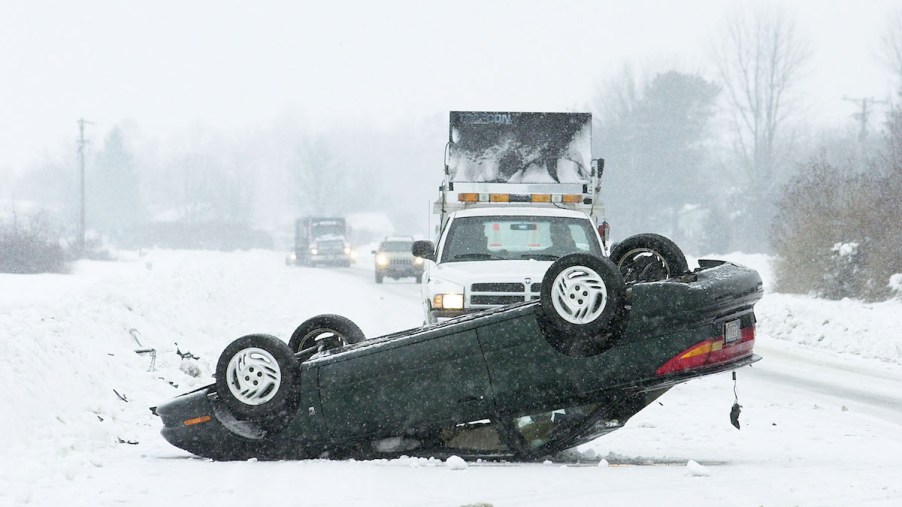
Are Older Drivers Actually More Dangerous Than Other Drivers?
It’s long been believed that our older citizens are more dangerous drivers with a higher risk of being involved in fatal accidents. But a new study from the Insurance Institute for Highway Safety (IIHS) has just turned that belief on its head. Their new study finds that older drivers aren’t actually the most dangerous drivers on the roads today.
What changed? How did crash rates for drivers in their 70s drop beneath that of middle-aged drivers?
The driving study
According to the study, the number of older drivers has risen sharply over the last 20 years. So how is it that older drivers are less dangerous than we once believed?
According to IIHS President David Harkey, concerns for older drivers resulted in a “systems approach.” With a systems approach, interconnected factors that contribute to a problem are evaluated so that a holistic solution can be developed. Many highway safety advocates tackle numerous road safety issues using such approaches.
And it worked.
Changes to licensing policies and improvements to infrastructures are just two of the factors that helped prevent a rising number of accidents to go along with the rise in the number of older drivers. Today, drivers in their 70s have less fatal crashes per licensed driver. They also have fewer police-reported crashes per miles traveled than drivers considered to be in their prime.
Better health and safer vehicles
Improving healthcare has helped older Americans work longer and enjoy more active lifestyles. With better healthcare, older drivers are keeping their licenses longer and driving a lot more than they might have in the past according to IIHS vice president for research and study co-author Jessica Cicchino.
Better health care also means older drivers are more responsive to potential crash situations because their cognitive function isn’t as delayed and their eyesight is better. Since they are in overall better physical condition, they are also more likely to survive potential crashes.
The safety of our vehicles has also improved over the last two decades. There are more registered vehicles each year that earn good ratings from IIHS crash tests. These perpetually improving safety features like side airbags are especially helpful for older drivers.
You also have to factor in improvements like better traffic signs, better intersections, and more.
The numbers speak for themselves
In the study, it was reported that drivers in their 70s saw their fatal crash rates per licensed driver fall 43% from 1997 to 2018. The same rates for drivers from 35 to 54 only fell 21% which is less than half that. The study noted that the biggest part of the reductions happened in the first half of the study’s time frame.
In the back half of the study, per driver fatal crash involvements held steady for older drivers while that of middle-aged drivers went up. Middle-aged drivers saw a rise in fatal crashes and police-reported crashes over the last several years. In 2017, middle-aged drivers had more police-reported crashes per mile than older drivers for the first time.
When evaluating the number of driver deaths per 1,000 police-reported crashes between 2009 and 2017, it was discovered that the numbers were significantly better for all age groups except the oldest driver group. From 2009 to 2017, deaths per 1,000 police-reported crashes fell 15% for those in the 35 to 54 age range and 25% for those aged 70 to 79.
As vehicular safety continues to improve, older drivers will be able to maintain their vehicles and use them longer. They stand to benefit from such advancements as much or more than other age groups. Survival rates will continue to improve at a commensurate rate.
Drivers 70 and over are still more likely to perish in a car accident than other age groups if they do crash.


